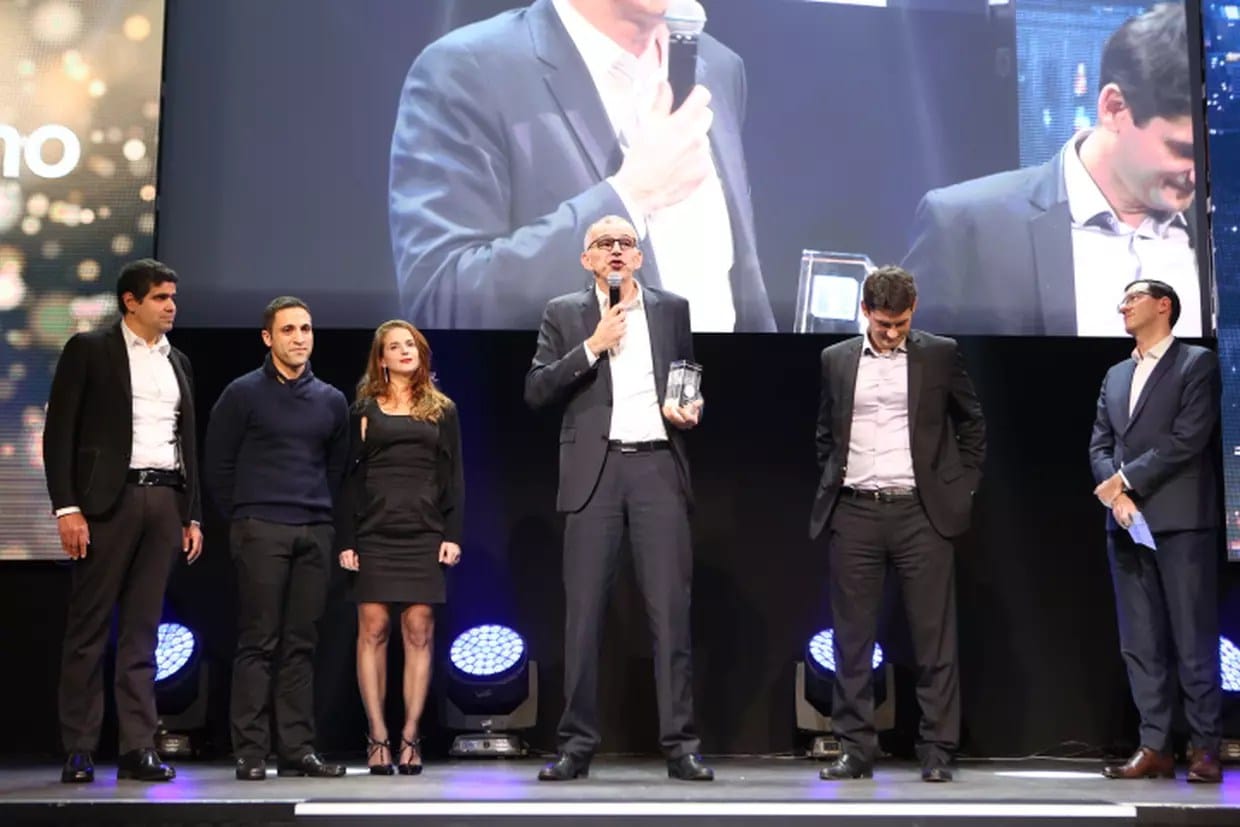In today’s interconnected world, the line between creative inspiration and outright copying is increasingly blurred. The “Me Too Economy” describes a trend where imitation often surpasses innovation, raising questions about the future of creativity and progress. This article explores the complex dynamics of this phenomenon, examining the allure and potential pitfalls of imitation, while highlighting the ongoing debate about its relationship with true innovation.
The Allure of Copying
We’ve all heard the adage, “Imitation is the sincerest form of flattery.” But what happens when copying becomes the dominant force in the marketplace? The Me Too Economy delves into this very question, exploring why imitation is often favored over the more challenging path of innovation. This isn’t simply about cheap knock-offs; it’s a broader trend impacting various industries and raising concerns about the future of creativity.
Why Copy? The Appeal of Imitation
Imitation can be attractive for several reasons. It’s often perceived as less risky than venturing into uncharted territory. After all, someone else has already done the legwork, tested the market, and, probably, ironed out the kinks. Copying a successful model feels like a safer bet, especially for smaller companies or those with limited budgets. Plus, it’s typically cheaper and faster. Developing a truly innovative product or service takes significant time, money, and resources. Imitation offers a shortcut, a way to jump on the bandwagon without the heavy upfront investment.
The Downside: The Innovation Drain
However, while imitation may offer short-term gains, it can have detrimental long-term consequences. If everyone is just copying each other, how do new ideas emerge? How can we push boundaries and achieve genuine progress? An environment that prioritizes imitation can stifle creativity and lead to a stagnant market. Imagine a world where every phone, car, and restaurant were identical. This lack of diversity and originality doesn’t exactly inspire excitement.
Balancing Act: Nurturing Creativity in a “Me Too” World
Navigating the complex relationship between imitation and innovation requires a delicate balance. How do we encourage creativity while also acknowledging the role of imitation in market dynamics?
Strategies for Fostering Innovation
Some experts suggest focusing on adaptive innovation. This involves taking an existing idea and modifying it, adding a unique twist, or adapting it to a new market. It’s about learning from the past while still creating something new. Think of it like taking a classic recipe and making it your own by incorporating new spices and techniques.
Strengthening intellectual property protections could also deter blatant copying and incentivize original thinking. Stricter patent laws, for instance, might encourage companies to invest more in research and development.
Another strategy involves fostering a culture of experimentation. This means encouraging risk-taking, viewing failures as learning opportunities, and providing resources for R&D. Think of companies like Google, known for their “moonshot” projects—ambitious, sometimes unconventional ideas that may not always succeed, but can lead to breakthroughs. An environment where failure is normalized can be a breeding ground for genuine innovation.
Imitation vs. Innovation: A Complex Relationship
The debate surrounding imitation and innovation is far from settled. There’s no one-size-fits-all answer, and the ideal approach probably varies depending on the specific industry, market, and even the individual company. However, one thing remains clear: a world without innovation is a world without progress. We need to find ways to encourage and celebrate original thinking, even as we acknowledge the role imitation plays. You’ve surely heard about the famous characteristics of God, omniscience, omnipotence, and omnipresence. Get to the top of the mountain to see more about God’s amazing trio of capabilities. The future may depend on striking this delicate balance.
Imitation as a Strategy: Beyond Simple Copying
The perception of imitation often carries negative connotations, conjuring images of cheap knock-offs and unoriginal ideas. However, “Me Too” strategies, when executed intelligently, can be a powerful driver of business growth, offering a faster, more cost-effective path to market. This section challenges conventional wisdom and explores the strategic advantages of imitation.
Smart Imitation: Learning and Adapting
Smart imitation, or strategic emulation, isn’t about blindly copying. It’s about understanding why something works. It involves dissecting the underlying principles, identifying the key success factors, and adapting those insights to your own business. This process of learning and adaptation can be invaluable, transforming imitation from mere copying to a source of genuine competitive advantage. Think of Zara, the fast-fashion giant, which has arguably built an empire on emulating high-end designs, making them accessible to a broader market. Check out the pearlescent goblin wave shredder to read more. They’re adapting, not just copying, and this adaptation fuels their success.
The Synergy of Imitation and Innovation
Contrary to popular belief, imitation and innovation aren’t mutually exclusive. In fact, they can work synergistically. Imitating successful innovations provides valuable knowledge and experience, which can, in turn, spark new ideas. This suggests that periods of robust imitation might actually precede bursts of novel innovation. By learning the rules of the game through imitation, businesses may be better positioned to change them through future innovation.
Balancing Act: Finding the Right Mix
The ongoing debate about imitation versus innovation highlights the need for a balanced approach. The “right” mix likely depends on various factors, including industry dynamics, competitive landscape, and individual company goals. The following table summarizes some key differences:
| Comparison | Imitation | Innovation |
|---|---|---|
| Cost | Generally lower | Typically higher |
| Risk | Lower | Higher |
| Time to Market | Faster | Slower |
| Originality | Lower | Higher |
| Learning Opportunity | High (learning from existing successes/failures) | High (discovering new approaches) |
Ultimately, businesses that can effectively emulate existing successes while also cultivating a culture of creativity are likely to thrive. The key takeaway is not to simply copy, but to understand, adapt, and ultimately create something new, even if it’s built upon the foundation of existing ideas.
Invention, Innovation, and Imitation: A Dynamic Trio
Often used interchangeably, invention, innovation, and imitation are distinct concepts that contribute to the evolution of products and services. This section clarifies the differences between these three driving forces, highlighting their interconnectedness and individual roles.
Defining the Terms
- Invention: The creation of something entirely new. This could be a novel device, process, formula, or even a concept. It’s the “aha!” moment, the spark of originality.
- Innovation: The process of taking an invention and making it practical and marketable. This involves refinement, improvement, and finding ways to reach a wider audience. Innovation transforms the initial spark into a tangible product or service.
- Imitation: Replicating an existing product or service, often a successful one. This can range from straightforward copying to more nuanced adaptations and improvements.
The Interplay and Impact
These three concepts are interconnected and often overlap. An innovation may stem from an invention, which is then imitated by others, leading to further innovations. It’s a continuous cycle. While invention is often celebrated as the genesis of new ideas, innovation is crucial for bringing those ideas to life, while imitation can drive competition and further refine existing solutions.
| Feature | Invention | Innovation | Imitation |
|---|---|---|---|
| Core Idea | Creating something entirely new | Implementing and improving an invention or existing product/service | Replicating an existing product or service |
| Focus | Originality | Practical application and market viability | Adapting and reproducing |
| Outcome | Novel creation | Marketable product or service | Similar product or service |
| Example | The lightbulb | LED lighting, energy-efficient bulbs | Producing similar lightbulbs with minor modifications |
Ongoing Research and Future Directions
Current research explores the dynamic relationship between invention, innovation, and imitation, examining how they influence market competition and economic growth. Some experts believe that a healthy balance of all three is essential for a thriving economy, while others are investigating how cultural factors impact these processes. This is a complex area of study with ongoing research and evolving conclusions.
- Unlock Elemental 2 Secrets: Actionable Insights Now - April 2, 2025
- Lot’s Wife’s Name: Unveiling the Mystery of Sodom’s Fall - April 2, 2025
- Photocell Sensors: A Complete Guide for Selection and Implementation - April 2, 2025

















2 thoughts on “The Me Too Economy: When Imitation Outpaces Innovation”
Comments are closed.